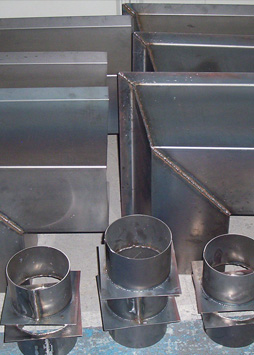
I don't think it's too fast tho, I think you just need to play with it some more. you forgot about gravity head loss reduces pump power by a lot. By the numbers it shouldn't be an issue at all. I'm running it on the lowest setting so, in theory, 320 gph. My pump has a max of 3200 gph, and ten power increments. Contact us today to find the perfect solution for your needs.I'm kind of starting to think that too. That solution could still be a weir box if these downsides are outweighed by the positives, but Tracom can help whether you want a weir or flume. With the downsides of weir boxes in mind, it’s time to find the right solution for your flow channel. You’ll need to remove the solids to maintain the velocity profile of the flow and the proper height and function of the crest. While the weir’s tendency to capture solids is actually useful if you’re measuring dam seepage, it’s more of a nuisance than anything else in other contexts. Solids Get Trappedįlows with solids and sedimentation will require a lot of cleaning if you want to measure using a weir box. As for the weir pool, you’ll have to remove sediments and any other trash or debris that alters the approaching velocity profile of the flow. Additionally, you may find debris and growth clinging to the crest, which also throws off measurements. The crest needs to be frequently checked for any nicks and other damage. Weir maintenance can be a serious ordeal as you’ll have to look after the weir crest and the weir pool. That requires the crest to be 2 inches at least above the maximum water level downstream, which is a discharge condition that can’t be found in many flow channels. To accomplish this, the flow needs to have a free-spilling discharge as it exits the weir box. Put simply, the flow can’t cling to the downstream face as that will throw off all flow readings. In order for a weir to offer accurate measurements, the flow that’s passing over the crest needs to be properly aerated. Weirs are only suitable for normal temperatures generally ranging from 3.9 degrees celsius to 30 degrees. When solid ice forms, the dimensions of the crest change, and that subsequently throws off all measurement efforts that go along with your weir box. The problem develops at the crest where ice is likely to develop. Specifically, they can’t function in anything below 3.9 degrees celsius, though you can generally assume there might be problems at near-freezing temperatures.
WEIR OVERFLOW BOX INSTALL
If you don’t have the space to implement an appropriately sized weir pool, you simply cannot install a weir and expect it to function properly. With increased flow rates, the need for a larger weir pool also increases.

Specifically, the upstream channel needs to have a uniform cross section for at least 20 times the maximum anticipated head. That’s the only way for them to develop the appropriate upstream velocity profile. Weir Pool Requirementsįor a weir to function properly, they need to have a sizable upstream weir pool.

Learn all about the downsides of weir boxes.


While they’re by far the best choice for some situations, you need to know when that’s not the case. They’re simply not applicable in all situations, and they often can call for quite a bit of work and maintenance to keep them viable. Weir boxes can be among the best options for your flow rate measurement needs, but there are some downsides you should be aware of.


 0 kommentar(er)
0 kommentar(er)
